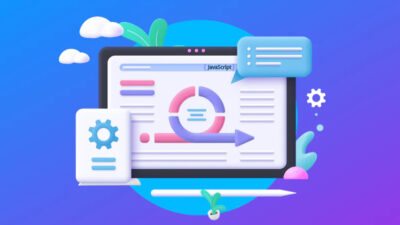In today’s digital age, an ecommerce website is essential for businesses looking to reach a global audience. Whether you are a startup or an established brand, having a well-designed ecommerce website can significantly boost your sales and customer engagement. Here’s a simple step-by-step guide to ecommerce website development.
1. Choose the Right Platform
The foundation of your ecommerce website starts with selecting the right platform. Popular options include Shopify, WooCommerce (WordPress), Magento, and BigCommerce. Choose one based on your business needs, budget, and technical expertise.
2. Domain Name and Hosting
Your domain name should be short, memorable, and relevant to your brand. Reliable hosting ensures fast loading speed and secure transactions. Consider cloud hosting solutions for better scalability.
3. Design and User Experience (UX)
A visually appealing and user-friendly design enhances customer experience. Use a responsive layout, intuitive navigation, and high-quality images to create an engaging website. Make sure it is mobile-friendly since a significant number of users shop via mobile devices.
4. Product Listings and Categories
Organize your products into categories and subcategories for easy browsing. Provide clear product descriptions, pricing, high-resolution images, and customer reviews to help shoppers make informed decisions.
5. Secure Payment Gateway
Integrate secure and trusted payment gateways like PayPal, Stripe, or Razorpay to ensure safe transactions. Multiple payment options, including credit/debit cards, UPI, and digital wallets, enhance customer convenience.
6. SEO and Marketing Strategies
Optimize your website for search engines (SEO) by using relevant keywords, meta descriptions, and fast-loading pages. Implement content marketing, email campaigns, and social media promotions to drive traffic and increase conversions.
7. Testing and Launch
Before launching, thoroughly test the website for any bugs, broken links, or checkout errors. Ensure smooth navigation, fast loading speed, and mobile responsiveness. Conduct beta testing with a small group before making it live.
8. Maintenance and Updates
Regular updates, security patches, and feature enhancements are crucial for keeping your ecommerce website secure and efficient. Monitor analytics, gather customer feedback, and optimize the website continuously.
Final Thoughts
Building a successful Ecommerce Website Development requires careful planning, seamless user experience, and continuous optimization. By following these steps, you can create a powerful online store that attracts and retains customers, ultimately driving business growth.




